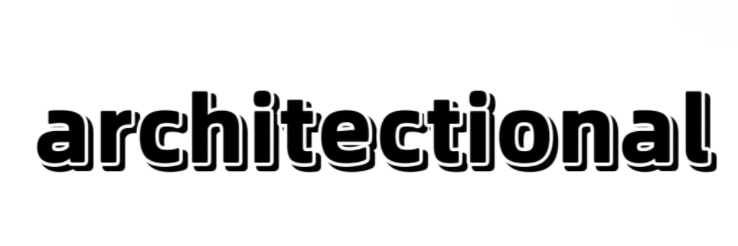Understanding Custom Skirting Boards
Custom skirting boards serve both aesthetic and functional purposes in any interior design project. They provide a finished look to a room while protecting the walls from damage caused by furniture and foot traffic. Choosing the perfect skirting board can elevate your space and add to its overall design. Here are some essential factors to consider when selecting the right custom skirting board.
1. Material Matters
The material you choose for your skirting boards significantly impacts their durability and appearance. Common materials include:
- Wood: Offers a classic, warm look. Suitable for traditional and contemporary designs, it can be stained or painted to match your interior.
- MDF (Medium Density Fiberboard): A popular choice for its affordability and versatility. It's easy to paint, making it perfect for modern spaces.
- PVC: Water-resistant and low-maintenance, ideal for areas prone to moisture, such as bathrooms and kitchens.
2. Style and Design
Skirting boards come in various styles, from sleek and minimalist to ornate and decorative. Consider your room’s existing décor:
- Modern: Opt for a simple design with straight lines and a sleek finish.
- Traditional: Choose more intricate, detailed patterns that reflect classic architecture.
- Eclectic: Mix and match styles to create a unique, personalized look.
3. Height and Proportion
The height of the skirting board should complement the proportions of your room. Taller skirting boards can make a room feel more grandiose, while shorter boards may give a more casual vibe. As a general guideline:
- For rooms with standard ceiling heights (8-10 feet), aim for skirting boards between 4-7 inches tall.
- In spaces with higher ceilings, consider skirting boards that range from 7-12 inches for a balanced look.
4. Color and Finish
The right color can dramatically change the feel of a room. Here are some tips for selecting the color and finish:
Suggested reading:How Custom Skirting Boards Redefine Home Style?
- Matching: For a cohesive look, match your skirting boards to the walls or the flooring.
- Contrast: Choose a contrasting color to create visual interest and highlight the architectural features of your space.
- Finish: Glossy finishes are easier to clean but may show imperfections, while matte finishes can give a more rustic, warm appearance.
5. Installation and Maintenance
How Foam Metal Cotton Enhances Industrial Applications
Heat-Resistant Foamy Fiber Reinforcement: Best vs. Lesser Alternatives
How to Choose ESD-safe Vinyl Floor Tiles Materials?
2024 UHMWPE Dump Truck Bed Liner Price Jordan Insights
Top Trends in Friction Material for 2024
UHMWPE vs Traditional Dump Truck Bed Liners: Price in Armenia
Before choosing a custom skirting board, consider the installation process. Some materials may require professional installation, while others are DIY-friendly. Additionally, think about maintenance:
- Wood may need periodic repainting or refinishing.
- MDF is generally easier to maintain, while PVC can be cleaned with simple soap and water.
6. Budget Considerations
Your budget will play a crucial role in your selection. Custom skirting boards can range significantly in price based on material, design, and manufacturer. Setting a clear budget will help narrow down your choices and find a perfect balance between aesthetics and functionality.
Final Thoughts
Choosing the right custom skirting board requires careful consideration of various factors, including material, style, height, color, maintenance, and budget. By taking the time to evaluate these aspects, you can make a decision that enhances your home’s interior, bringing your design vision to life.







